VACHERON CONSTANTIN – Tradition Special orders
Years of work
Tradition of special orders
Producing tailor-made complicated watches is a tradition at Vacheron Constantin. The Reference 57260 Watch is part of a lineage of exceptional creations that have marked the history of Vacheron Constantin since its inception.
Click on the mouse wheel to see the large size .... BIG FOTO
James Ward Packard (1918)
This keyless pocket watch with striking mechanism in 20K gold, fitted with a double gear train and a Guillaume balance, represents a milestone in the history of fine watchmaking. It comprises a repetition of quarters and half-quarters with Grande and Petite Sonnerie, as well as a mono-totalizer chronograph. It was acquired in 1919 by the founder of the Packard Motor Company, James Ward Packard.
James Ward Packard was one of the most far-sighted and discerning collectors of the early 20th century. He took immense pleasure in ordering watches from the major watchmakers, each time setting them ever more difficult challenges.
The unconventional yet unapologetic simplicity of the design of this pocket watch with striking mechanism conceals an original and complex movement made with the finest materials and an extraordinary level of attention to detail.
Click on the mouse wheel to see the large size .... BIG FOTO
The finely engraved heavy case bearing the initials "JWP" in blue champlevé enamel is crafted from 20K gold instead of the usual 18K. The crystal, cut from a piece of rock crystal, is of perfect clarity. The use of this material — which is extremely difficult to fashion — attests to the quality of construction and the understated grandeur of the watch. The enamel dial with Roman numerals is evidently designed to be clearly readable. It displays the functions of a chronograph with 30-minute totalizer, controlled by a co-axial push-piece housed in the winding crown. This is the only known watch model with striking mechanism that combines a chronograph and a repetition of quarters and half-quarters with Grande and Petite Sonnerie. The high precision movement comprises 43 jewels and an a magnetic Guillaume balance, with a thermal coefficient close to zero. As a result it is not affected by temperature variations. It is fitted with two barrels: one for the gear train of the watch, and a second for the additional energy necessary to make the striking mechanism work. In Grande Sonnerie mode the watch strikes the hours and quarters on two gongs, every quarter of an hour. In Petite Sonnerie mode it strikes the hours only on the hour and the quarters (and not the hours) every quarter of an hour. The repetition of quarters and half-quarters is a rare configuration: when the repeater is activated, an additional chime strikes au passage or after each period of 7½ minutes that has elapsed since the last quarter of an hour. Very few complicated watches are also high-precision chronometers, because the additional functions compromise accuracy. That is why this watch represented a major challenge for the watchmakers who had to integrate all the functions requested by James Ward Packard while at the same time creating an extremely precise model.
It was auctioned in New York in June 2011 for $1.8 million.
His Majesty King Fuad I (1929)
This particularly refined and highly complicated large keyless pocket watch in 18K yellow gold and enamel is a striking watch with two gear trains comprising a carillon minute repeater with Grande and Petite Sonnerie, fitted with three gongs and three hammers, a split-seconds chronograph and 30-minute totalizer, a perpetual calendar and moon phase and age indicator. It was presented to His Majesty King Fuad I of Egypt by the Swiss expatriate community in 1929.
In 1927 Francis Peter, then president of the Mixed Court of Cairo and a Swiss citizen, visited the Vacheron Constantin workshop on Quai de l'Ile in Geneva. He had been entrusted with a mission by the Swiss community of Egypt who wished to present King Fuad I with a gift. The king was a renowned collector of lavish watches, a passion he shared with his wife. His son King Farouk subsequently inherited his father's enthusiasm as well as his unique collection.
At that time Vacheron Constantin was working on an exceptional eight-handed timepiece comprising a sophisticated collection of complications. When completed it would be the most complicated watch ever created by the brand. It was this movement that won Francis Peter's vote. He chose to have the back of the timepiece decorated with the royal coat of arms while the contour was set with diamonds.
In October 1929 the watch was presented to Francis Peter who requested that the day and month displays be changed from English to French for the Francophile king. The interior of the double back of the pocket watch – known in watchmaking jargon as the dome – was engraved with the following inscription in French: "To His Majesty Fuad I Tribute from the Swiss Community of Egypt".
A month later the timepiece was presented to King Fuad in a sandalwood box adorned with the royal crown and the King's insignia in Arabic. In the box the year 1929 was inset in gold alongside the Swiss crest and the Egyptian royal coat of arms painted on enamel.
Click on the mouse wheel to see the large size .... BIG FOTO
Since it is equipped with a striking mechanism, King Fuad I's watch has two barrels that are wound by the winding crown, one for the gear train of the watch, and a second for the additional energy necessary to make the striking mechanism work. It sounds and repeats the notes on three gongs struck by three hammers every quarter of an hour. In Grande Sonnerie mode, the hours and minutes are sounded in the traditional manner with a simple note. In Petite Sonnerie mode, the hours are only struck on the hour and every quarter of an hour the quarters are rung without the hours. The carillon and three-hammer minute repeater require a special construction, and the three gongs produce a peal of three notes. Selectors for Strike/Silent and Grande Sonnerie/Petite Sonnerie modes are located on the side of the case. The movement of King Fuad I's watch is equipped with a micrometric regulator patented by Vacheron Constantin in 1924. Once completed, the watch was subjected to precision tests in eight positions. The solid silver dial is remarkable due to its calendar with numerical display of the days of the week and the date. This type of display considerably reduces bulk without compromising on the number of complications. It was particularly fashionable in the 1920s and 1930s.
In 2005 King Fuad I's watch was auctioned for over 3.3 million Swiss francs.
King Fuad I, son of Khedive Ismail, was the first king of Egypt of the modern era. He became a sultan in 1917 then king in 1922 when Great Britain granted Egypt independence. He reigned until his death on April 28th, 1936. He was recognized as an ally of the British crown, which had granted him the title of King of Egypt. The 1919 revolution, led by Saad Zaghloul, took place during his reign. The revolt subsequently forced Great Britain to sign the declaration of February 28th, 1922 declaring Egypt to be an independent sovereign state with certain conditions. Sultan Fuad declared himself King of Egypt and published the constitution in April of the same year. He opened a new parliament in April 1924 and it was during his reign that the first ministerial government was formed, led by Saad Zaghloul. He was succeeded by his son King Farouk, who reigned Egypt from 1937 to 1952.
King Farouk of Egypt (1946)
The utterly refined and highly complicated very large keyless pocket watch in 18K yellow gold is a striking watch with two gear trains. Generously adorned with jewels, it comprises a carillon minute repeater with Grande and Petite Sonnerie that is fitted with three gongs and three hammers, a split-seconds chronograph and 30-minute totalizer, a perpetual calendar, a moon phase and age indicator, an alarm and two power reserve indicators for the gear train of the watch and for the striking mechanism respectively. It was presented in 1935 to Prince Farouk, the future King Farouk I of Egypt, by the Swiss authorities.
A gift to the enigmatic and highly original 15-year-old future King Farouk of Egypt, this masterpiece of watchmaking with a surprising program is the most complicated watch produced by Vacheron Constantin in the 20th century. "The Farouk" is one of just two highly complicated 20th-century Vacheron Constantin watches equipped with an alarm, the other being the Boisrouvray, with which it shares the same features. Measuring 80 mm in diameter, it presents three more complications than the equally legendary timepiece created by Vacheron Constantin in 1929 for Farouk's father, King Fuad I. In addition to the alarm, King Farouk's watch comprises two highly unusual complications: power reserve indicators for the gear train and striking mechanism, which are concentric to the day-of-week and month indicators. In a further noteworthy feature of the dial and movement, the leap year display is not concentric to the month display as is customary but positioned within the 30-minute totalizer. The date, seconds and moon phases are grouped together on a sub-dial at 6 o'clock, while the day-of-week and month sub-dials are positioned at 9 o'clock and 3 o'clock.
Click on the mouse wheel to see the large size .... BIG FOTO
Like King Fuad I's watch, King Farouk's striking watch has two barrels wound by the winding crown, one for the gear train and a second for the additional energy necessary to make the striking mechanism work. It sounds and repeats the notes on three gongs struck by three hammers every quarter of an hour. In Grande Sonnerie mode, the hours and minutes are struck in the traditional manner with a simple note. In Petite Sonnerie mode, the hours are only sounded on the hour and every quarter of an hour the quarters are sounded without the hours. The carillon and three-hammer minute repeater require a special construction, and the three gongs produce a peal of three notes. Selectors for Strike/Silent and Grande Sonnerie/Petite Sonnerie modes are situated on the side of the case. King Farouk, who inherited his love of lavish watches from his father King Fuad I, became a great collector of watches, clockwork figures and precious objects of all kinds. Fabulously rich, Farouk was a colorful character who lived life to the full. In 1935 at the age of 15, he was given this exceptional watch and his first sports car, before leaving for England to join the Royal Military Academy, where he would be known as Prince Freddy. He returned to Egypt on May 6th, 1935, following the death of his father, and was crowned king in July 1937. Later that year Farouk embarked on a tour of Upper Egypt followed by a European tour. It was then that he visited Geneva and insisted upon being shown around the Vacheron Constantin manufacture. His guide Charles Constantin expressed his surprise at the 17-year-old king's extensive knowledge of watchmaking. "But Monsieur Constantin," replied the king, "I dismantled so many watches during my childhood... unfortunately for them!"
Count Guy de Boisrouvray (1948)
This exquisite keyless pocket watch with a large hunter case in 18K gold features a Guillaume balance. It comprises a carillon minute repeater with three hammers striking three gongs, a perpetual calendar with leap year and moon phase display, a split-seconds mono-totalizer chronograph and an alarm. It was sold to Count Guy de Boisrouvay in 1948.
Until 2015, this grand complication was the third most complicated watch ever produced by Vacheron Constantin. Count de Broisrouvay, a cousin of Prince Rainier III of Monaco and a far-sighted collector, was married to Luz Mila Patino, daughter and heiress of one of the richest men in the world — Bolivian tin magnate Simon Patino. This fortune allowed the couple to assemble a collection of artworks of all kinds including Fabergé pieces, fabulous jewellery, and paintings by Impressionists and other great masters. Naturally, Count de Boisrouvay wanted a watch of equivalent beauty.
Click on the mouse wheel to see the large size .... BIG FOTO
The movement with perpetual calendar and split-seconds chronograph is not only highly complicated but also features a meticulously crafted escapement that guarantees its precision. The Guillaume balance is equipped with a setting screw in gold and platinum, whose properties render it insensitive to temperature variations and magnetic fields. The movement is also equipped with a regulation system that guarantees precision in a uniquely effective manner. All these elements were uncommon in the complicated watches of the period. Several features of the complications of this watch place it at the pinnacle of exceptional timepieces. For example, the alarm requires a specific mechanism that is integrated into the striking movement; it has an additional hand for setting the alarm time. Including the alarm hand, a total of five hands are mounted on the central axis, a rare thing in itself. Elsewhere, the carillon minute repeater requires a special construction comprising three gongs struck by three hammers to sound a peal of three notes when activated.
--------------------------------------------------
Vacheron Constantin
Press Department
10, Chemin du Tourbillon
P.O. Box 95
CH-1228
Plan-les-Ouates/Geneva
Tel. +41 22 930 20 05
Fax +41 22 930 20 06
press@vacheron-constantin.com
-------------------------------------------------------------------------------
www.facebook.com - Vacheron Constantin
---------------------------------------------------------------------------------------
www.Vacheron-Constantin.com


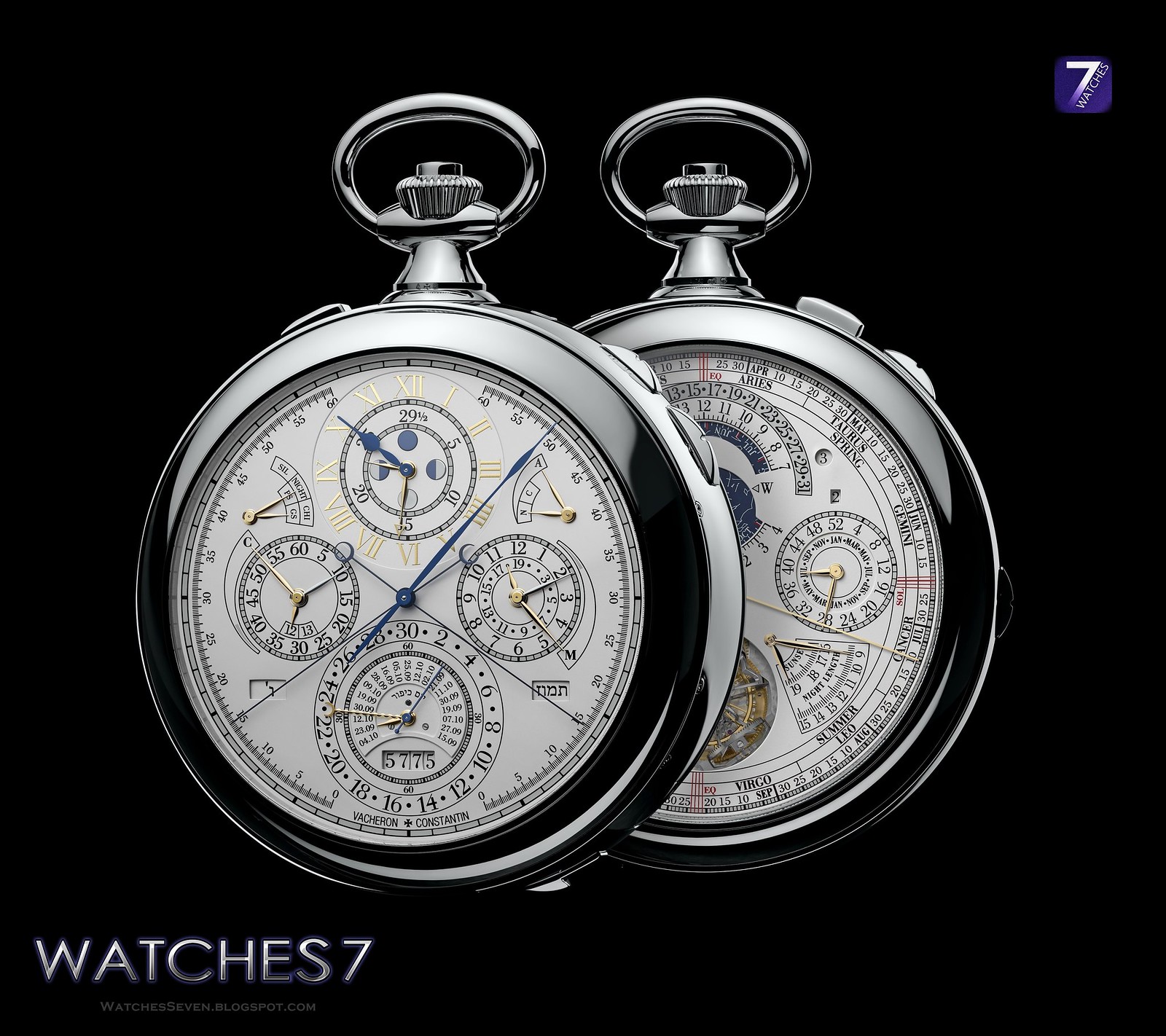
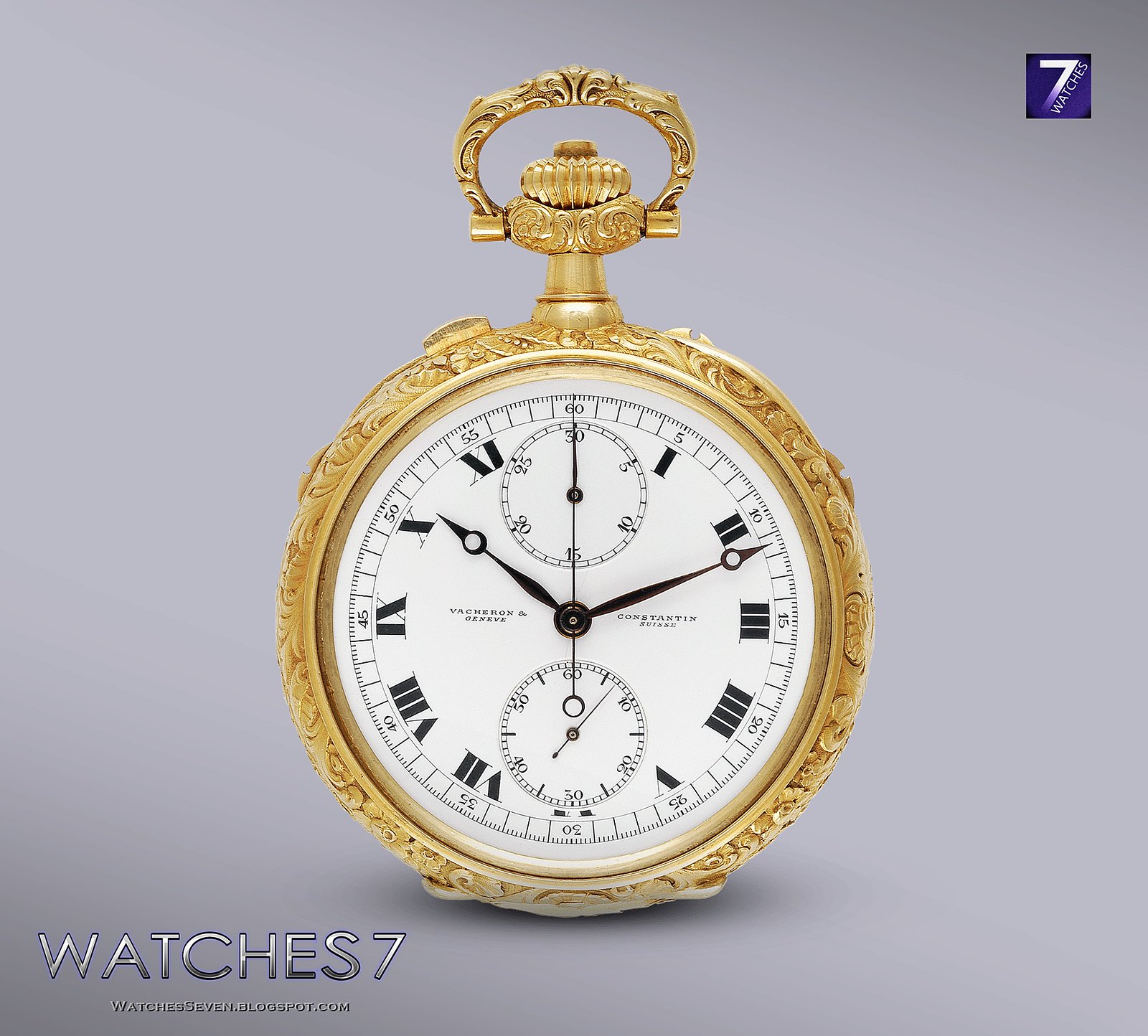
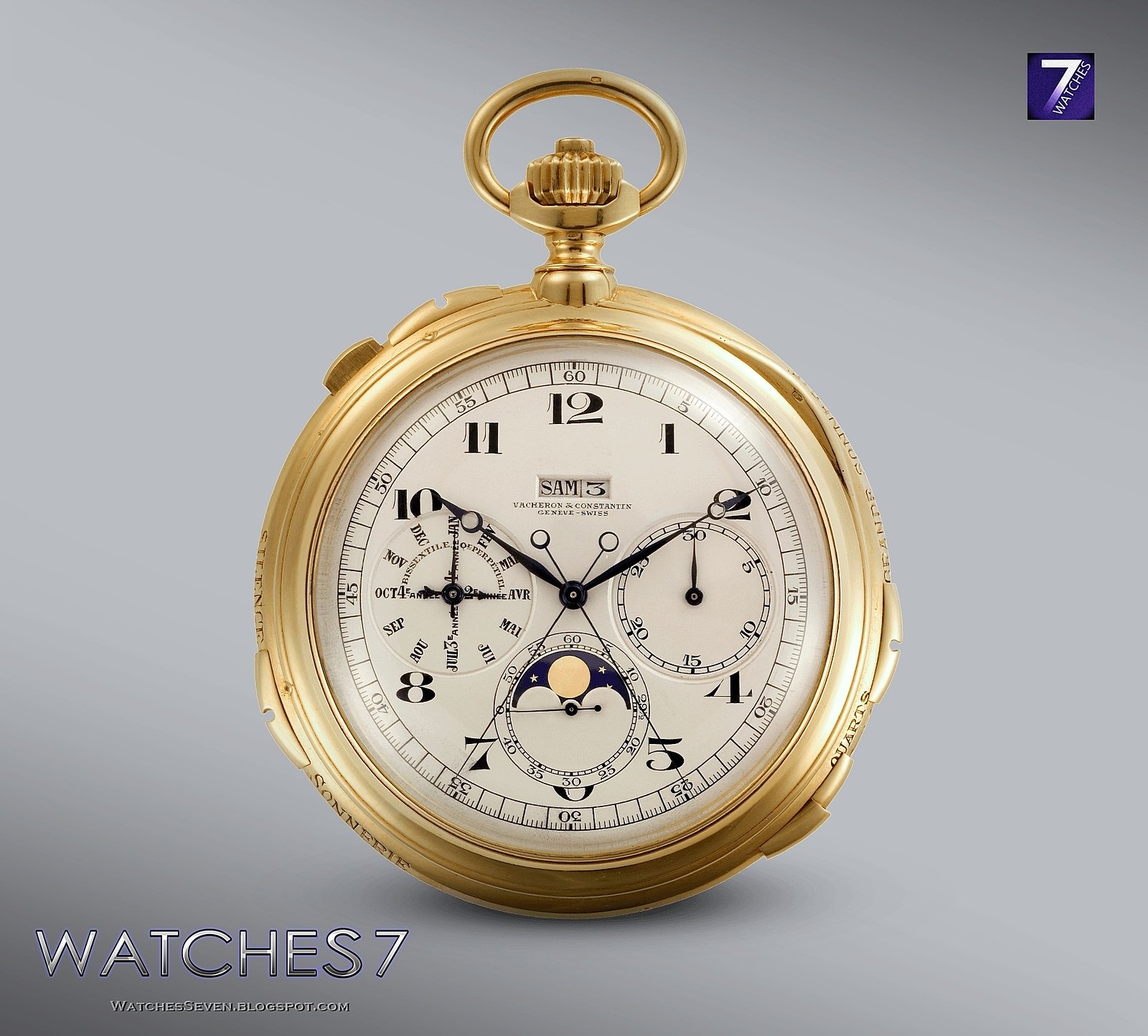
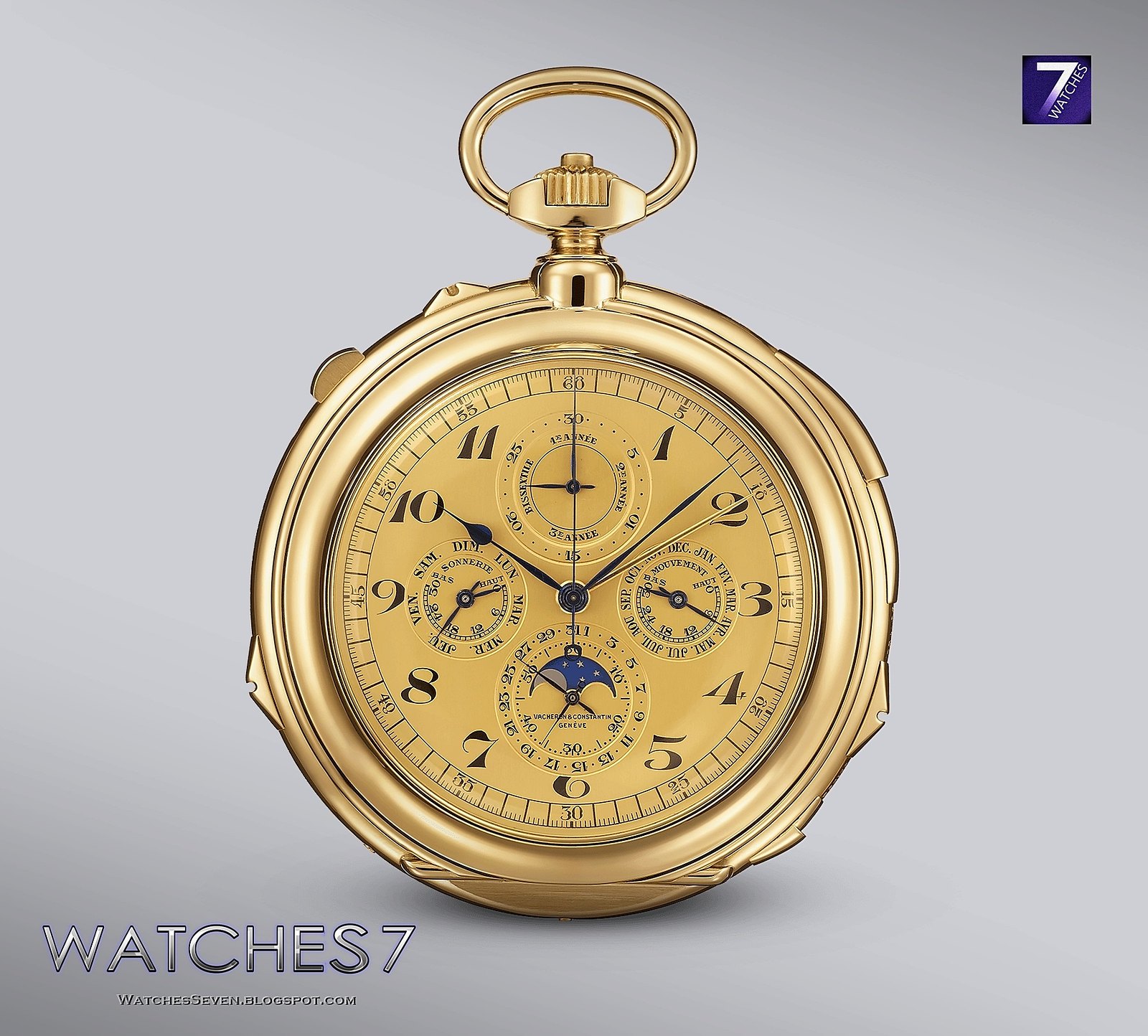
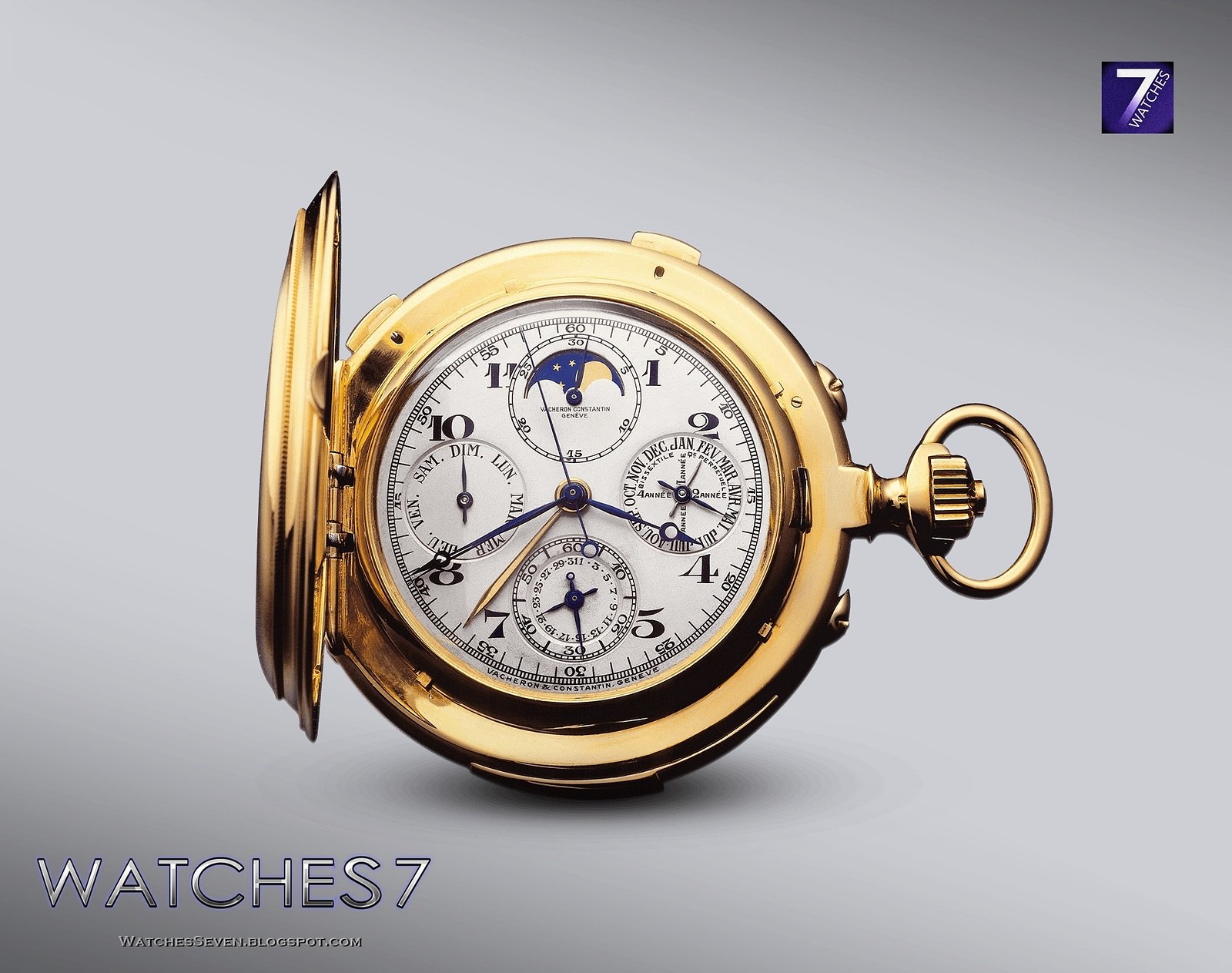
No comments:
Post a Comment